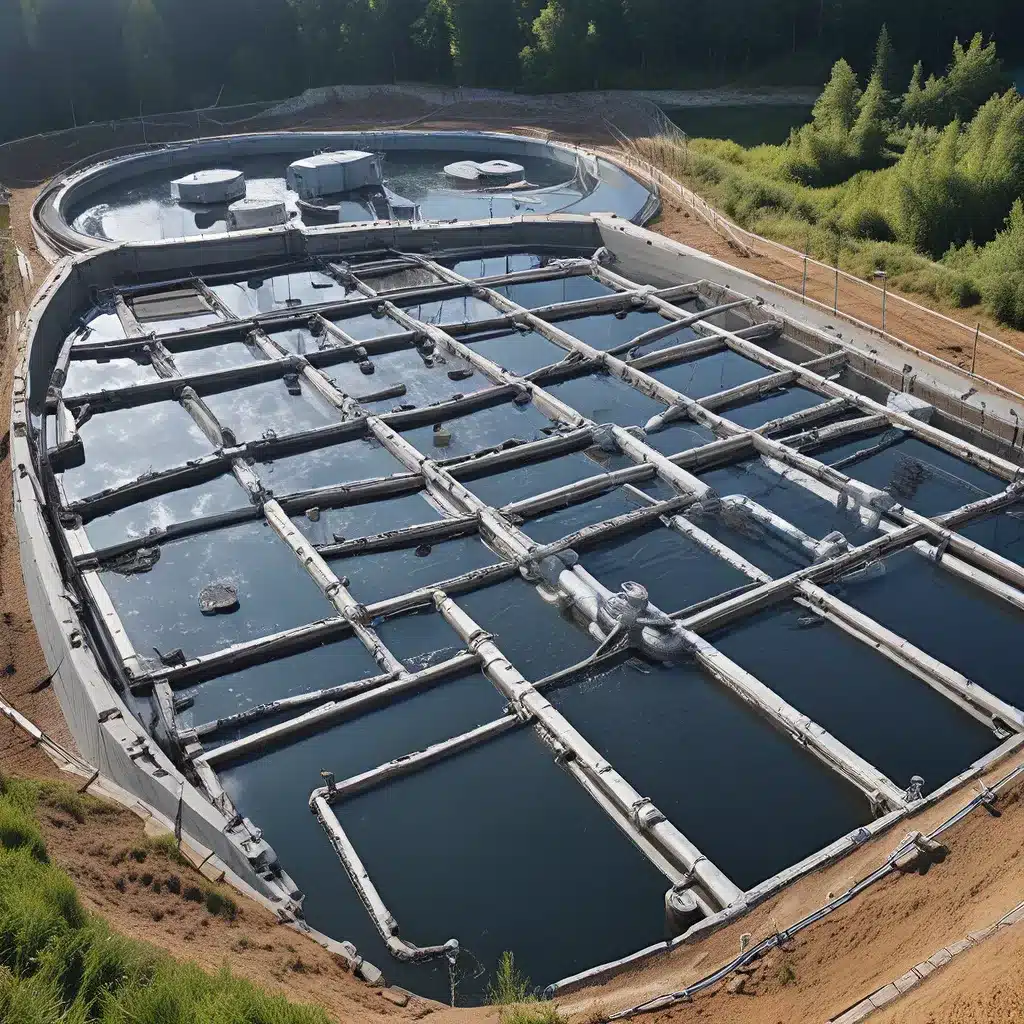
In a world where sustainability is the name of the game, I’ve stumbled upon an intriguing innovation that has the potential to revolutionize the way we think about wastewater management and energy production. Get ready to dive into the fascinating world of wastewater-to-hydrogen technology.
The Green Hydrogen Revolution
The global push for renewable energy has been gaining momentum, and one of the shining stars in this constellation is green hydrogen. Unlike its dirty fossil fuel counterparts, green hydrogen is produced using renewable sources like solar, wind, and – as we’re about to discover – wastewater.
According to FutureBridge, the green hydrogen market was a modest $755 million in 2020, but it’s expected to skyrocket to a staggering $14 billion by 2026. Talk about growth! And the best part? This surge in green hydrogen is driven by countries and industries desperately seeking to reduce their carbon footprint and reliance on imported fossil fuels.
The European Union, for instance, has set an ambitious target to produce 10 million tonnes of domestic green hydrogen and import another 10 million tonnes by 2030. This is all part of their grand plan, dubbed REPowerEU, to diversify energy sources and tackle the uncertainty in energy prices caused by the ongoing Russia-Ukraine conflict. Clearly, the world is thirsty for clean, sustainable energy solutions.
Wastewater: A Surprising Hydrogen Goldmine
Now, here’s where things get really interesting. While we may not typically think of wastewater as a valuable resource, it turns out that it could be the key to unlocking the full potential of green hydrogen.
“But wait, how can wastewater produce hydrogen?” you might ask. Well, my friend, let me tell you a tale of scientific ingenuity and environmental innovation.
Electrolysis, the process of using electricity to split water into hydrogen and oxygen, is a promising method for carbon-free hydrogen production. And guess what? Wastewater treatment plants (WWTPs) and distilleries around the world are actively exploring ways to harness this technology to turn their wastewater into a valuable hydrogen resource.
The Wastewater-to-Hydrogen Pathway
Let’s dive a little deeper into the mechanics of this innovative process. Electrolyzers, the heart of the wastewater-to-hydrogen system, use renewable electricity to split water molecules into their constituent parts – hydrogen and oxygen. These electrolyzers come in various flavors, from Polymer Electrolyte Membrane (PEM) to Solid Oxide Electrolyzers (SOEs), each with its own unique advantages.
But the real game-changer is the use of wastewater as the feedstock for these electrolyzers. Distilleries and Wastewater Treatment Plants are tapping into this abundant resource, using it as a cost-effective and eco-friendly way to produce green hydrogen.
One such example is the Graforce Wastewater Plasmalyzer, a technology that uses solar or wind energy to generate a high-frequency voltage field above the wastewater. This process splits the carbon and nitrogen-containing compounds, such as urea, nitrates, and ammonium, into their atomic components – carbon, nitrogen, hydrogen, and oxygen. These elements then recombine to form green hydrogen, methane, and nitrogen, which are then separated using Graforce’s proprietary membrane technology.
The Waßmannsdorf treatment plant in Berlin, operated by Berliner Wasserbetriebe, is already home to a 3,000-liter-per-hour green hydrogen production facility that can generate up to 50 kilograms of hydrogen per day. That’s enough to fuel a small fleet of hydrogen-powered vehicles!
And the innovation doesn’t stop there. Over in Scotland, the Ardmore Distillery is partnering with the WhiskHy project to install an electrolyzer on-site, using the distillery’s own wastewater as a feedstock to produce clean, green hydrogen. This ambitious project aims to reduce the distillery’s annual CO2 emissions by a staggering 71 tonnes.
Overcoming the Challenges
Of course, as with any groundbreaking technology, there are a few hurdles to overcome. The cost of green hydrogen production is still a significant barrier, with current prices ranging from $3 to $10 per kilogram. However, experts predict that this price could drop below $2 per kilogram by 2030 as the technology matures and economies of scale come into play.
Another challenge is the efficiency of the electrolysis process. While the technology is continuously improving, with advancements in areas like Solid Oxide Electrolyzers, there’s still room for optimization to maximize the hydrogen yield from wastewater.
And let’s not forget about the scalability of these wastewater-to-hydrogen projects. As promising as they may be, they are still in the early stages of development and demonstration. Scaling up these systems to meet the growing demand for green hydrogen will require significant investment and coordination across the water, energy, and industrial sectors.
The Future of Wastewater-to-Hydrogen
Despite these challenges, the future of wastewater-to-hydrogen technology looks incredibly bright. As the world races to achieve net-zero emissions and reduce our reliance on fossil fuels, this innovative approach to producing clean, sustainable hydrogen could be a game-changer.
Imagine a world where wastewater treatment plants and distilleries are not only managing their waste but also contributing to the green energy revolution. It’s a future that’s within our grasp, and it all starts with embracing the power of wastewater-to-hydrogen technology.
So, whether you’re a water treatment professional, an environmentalist, or simply someone who cares about the planet, keep your eyes peeled for the latest developments in this exciting field. The future of energy is being shaped right here, right now, and it’s a future that’s as green as the hydrogen it produces.
Ready to dive in and learn more? Head on over to Inland Waters Inc. to explore the cutting-edge of water treatment and environmental services. Who knows, maybe your next big idea will be the one that takes wastewater-to-hydrogen to new heights!


